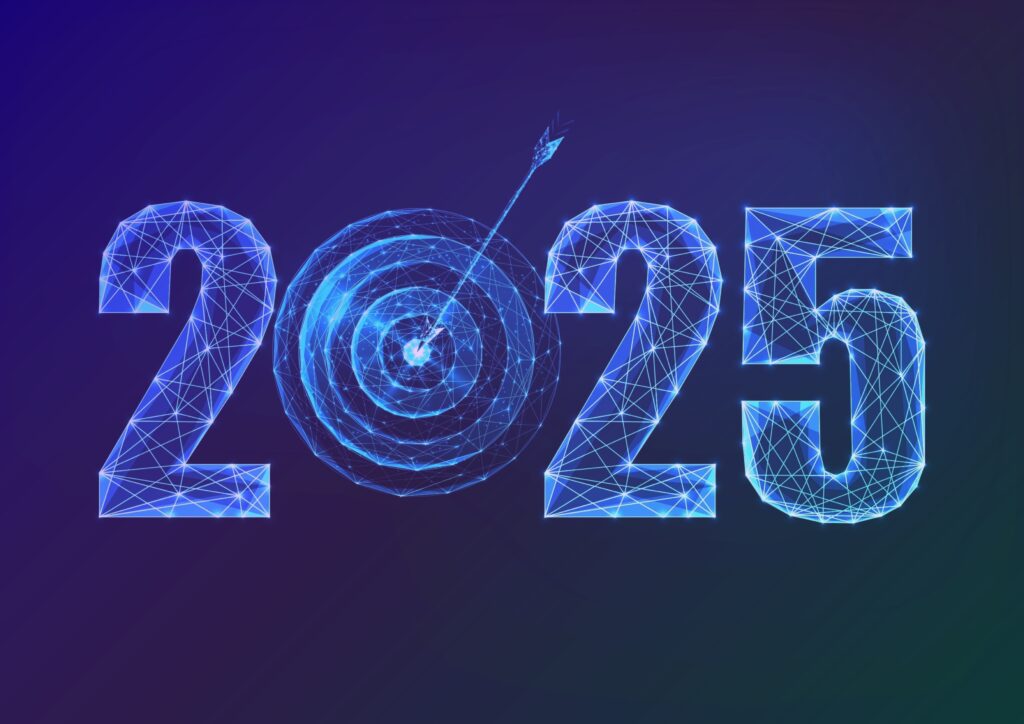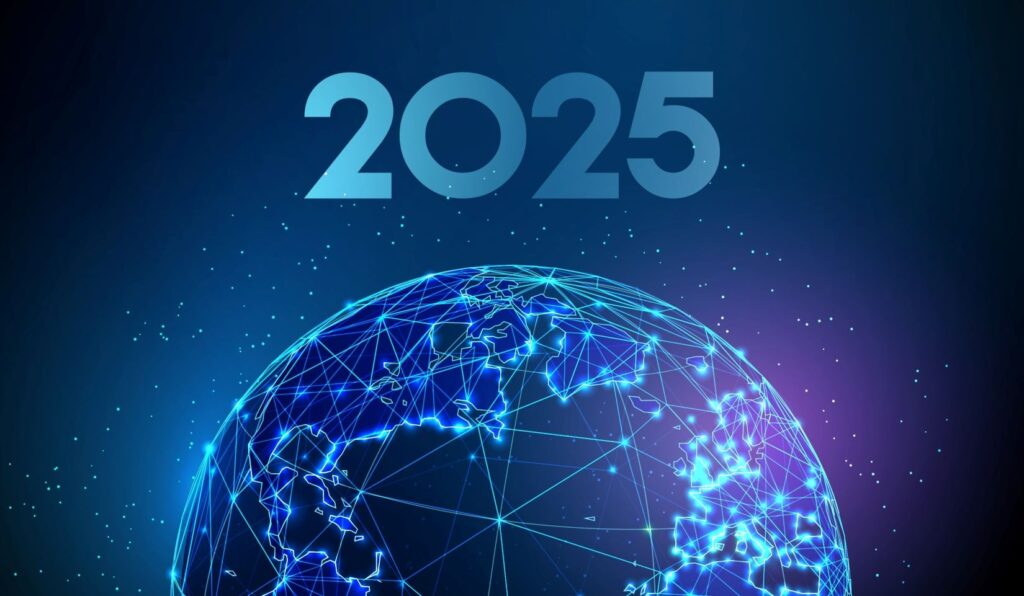Is Centreon an observability solution? The very short answer is yes— with a twist. More context is required to accurately answer this question, which is what this blog post will provide. The fact is, digital business is a complex affair and making organizations observable requires more than one piece of magic software. Observability must be conceived as a stack—a set of solutions tightly interconnected that speak to each other and contribute to making the digital business observable. At a more operational level, observability must also be understood as a set of capabilities and practices.
We’ll go as far as saying that observability is in fact a culture to be implemented by organizations, involving technology, but also people. Because in so many ways our infrastructure monitoring solution is essential to building such a culture, Centreon belongs in the category of solutions that enable business observability.
“As our team oversees an infrastructure supporting the chain of business activities leading to broadcasting, Centreon’s holistic IT monitoring solution made us more aware of our IT system as a whole. It provided a starting point for a culture of visibility in our organization, as we learn from each issue to improve user experience.” – Sylvain Le Pichon, Director, Infrastructure and User Support, Groupe Média TFO
The requirements of observability
To better understand the role of Centreon within an enterprise observability stack, let’s review some of the requirements for a business to be observable, and highlight the key Centreon capabilities that support that goal. Observability requires three basic ingredients: metrics, logs, and traces. Centreon is a key player at the metrics level, interacting with a range of solutions to provide this crucial observability component.
Highly visible environment
The first requirement to provide quality, qualified metrics is to make the full IT environment visible. Metrics need to come from as many diversified sources as possible, to provide ample context. And then, those metrics need to be shared and moved to contribute to broader business intelligence. This is one aspect Centreon contributes as an observability solution, by seamlessly monitoring entire IT environments, no matter how diverse, from middleware to applications to unique on-premise legacy equipment, up to public cloud deployments, without leaving out the increasing number of IoT components and other smart devices used at the edge of the network.
“Thanks to the Centreon IT monitoring platform’s flexibility and scalability, we meet our clients’ latest IT and business requirements. Using just one solution, we manage legacy and cloud environments, automate all our processes, and provide highly visual dashboards to technical and managerial profiles alike.” – Thierry Del-Monte – Director of Engineering – ITS Integra
Automated processes
If the first rule of observability is to capture data across the technological environment, including the highly ephemeral environments favored by DevOps, how then can you keep such exhaustive monitoring current and accurate? You’ve guessed it: automation is the second requirement. With Centreon you can easily configure and automate the monitoring of a complex, ever-changing environment using a powerful Auto-Discovery Engine, extended API-centric processes, as well as an exhaustive set of templates covering about 600 types of IT assets. In agile environments, that’s how you can account for elements that are constantly scaled up or down, such as SDN, cloud assets, Wi-Fi access points, etc. A second level of automation is the recommendation of indicators which may be relevant for various infrastructure assets, speeding up and simplifying monitoring configuration.
“IT monitoring with Centreon is like playing a game. You put your checks in place and then you find out all kinds of things. I love it when it gets very specific. For example, we reboot all our servers on a specific day of the week. Given the scope of our IT system, it was not easy to find out which ones were not rebooting. I found the right check and applied it to all servers and then boom, those that are not rebooting are found much more quickly.” – Pierre-Henry Allmendinger, Coordinator, IT infrastructure at Objectif Lune
A bridge between infrastructure and applicative layers
Beyond monitoring any type of assets in your stack, Centreon is an observability solution because it can bridge that technical view with the application layer. In fact, Centreon does not just monitor individual IT services, but it monitors rather a compound of the infrastructure that underpins business applications. These compounds let you reveal underlying logical relationships and dependencies with just a few clicks. ITOps and other stakeholders in the business can easily get to the root cause of a problem that may be only visible at a higher level of the digital value chain. This is the basis of a continuous feedback loop supporting constant digital performance optimization.
“Through our partnership with Centreon and usage of Centreon Business Edition, we refocused the monitoring of a complex server environment on business-centered KPIs. Supported by advanced service mapping, analytics, and reporting capabilities, we’ve developed a connected and immersive monitoring platform. We no longer juggle multiple tools, which was slowing our system engineers. Our team is now equipped to provide added value through constant optimization and more efficient work processes, consistently generating savings through better resource allocation.” – Martin Wolfger, CEO, Solutionbox Informationstechnologie GmbH
A common understanding of how digital outcomes become business results
Collecting and correlating data from both the digital and the business sides are a worthy endeavor, but this data needs to be communicated to be of further service, well beyond fixing issues. A diversity of stakeholders within the business need to understand how the IT contributes to the business. This includes understanding the impact of reliability metrics on customer value metrics. At this point, the ability to report across a wide variability of metrics, from top to bottom comes in handy. Centreon’s advanced reporting capabilities are designed to share the complete IT performance picture with both IT operations teams and business owners. Some will benefit from high-level dashboards with only the metrics that have value to their operations, more tactical team members will want more graphical views and maps, and those that are looking for in-depth insights will pore over analytical reports. Observability in a business is something that’s easy to share and easy to shape, providing each stakeholder with the level of details they require, while ensuring everyone works from the same, accurate data sets.
“Traceability and real time expectations have evolved. Data availability and our ability to add value are now table stakes. Clients expect us to provide the right data at the right time so that they can integrate it into their own IT chain and provide the data to their end customers. IT is now an integral part of our service offering.” – Olivier Hamel, DSI Technical Solutions Activity Leader, FM Logistic
Streaming data for more sophisticated observability capabilities
We’ve seen how IT monitoring data provides rich, contextual insights into the performance of the business. Some of you have sophisticated observability needs, and the observability platforms that go with it. This is another way Centreon belongs in your observability stack—by streaming data to the data repository of your choice. That’s done using Centreon integrations (through Centreon Stream Connectors) which will provide qualified metrics and events to your favorite search and analytics platforms, such as Splunk, this combined to a seamless integration with ITSM and ChatOps tools for a fully connected IT monitoring experience.
“The IT Division is transforming through the adoption of agile methods and practices. Workflows are constantly evolving, as our engaged teams work apply the successive iterations and sprints to constantly improve, and as they familiarize themselves with DevOps methods to become more responsive, agile and provide faster service delivery. Achieving all this requires a robust IT monitoring platform capable, on the one hand, of easily and quickly integrating all types of agile and DevOps tools into the perimeter, and on the other hand, foster synergies with those DevOps tools such as test tools, for example.” – Nirina Razafimandimby—French Department of Justice
Conclusion: Building the observability with IT monitoring as the first layer
The takeaway here is that the Centreon solution is a layer in an organization’s observability stack. Making the digital business observable requires many solutions to interact and work together—Centreon is part of a cast performance to enable digital observability.
Let’s sum it all up with the five key points to using an IT monitoring solution to enable and build a full observability stack that matches your needs.
In what way is Centreon an observability solution?
1) Monitors across the full diversity of the modern IT environment, leaving no dark spots.
2) Makes monitoring a natural function of the digital environment true automation, thus supporting its observability.
3) Correlates infrastructure with business-critical workflows.
4) Makes the digital environment observable to a broad range of stakeholders through highly customizable dashboards.
5) Goes beyond infrastructure, contributing metrics to broader BI systems.
- What’s the best way to discover how Centreon enables observability? Ask us for a demo. You can also try Centreon for free to start on the first observability requirement, monitoring everything accurately.
- If observability is a topic of interest, you may also like reading on AIOps for IT monitoring.
- Learn How to leverage IT monitoring as a gateway to business observability with this ebook : Enabling Business Observability: A Top-Down Strategy.
- Visit our resource center: ebooks, guides, reports, customer stories, tutorials, and more will help you in your IT monitoring journey.















